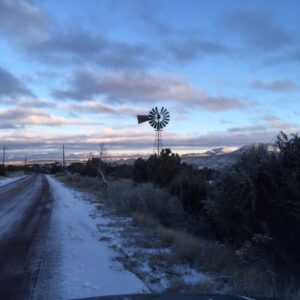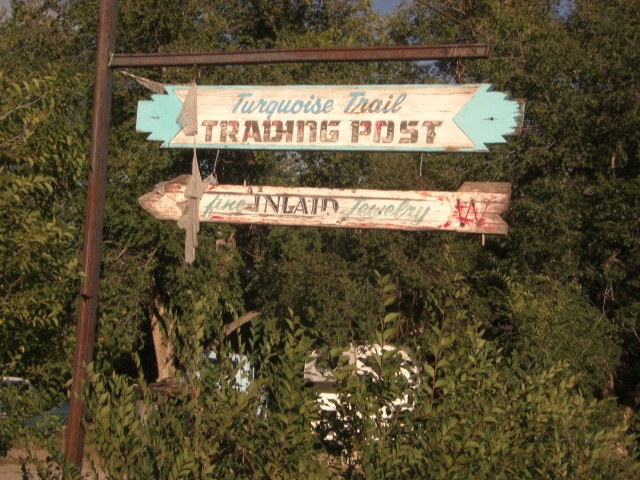Los Cerrillos, New Mexico- Village of 1,000 mines
There’s gold in “them thar hills”, as well as turquoise, lead, zinc, silver, copper, and coal. The Turquoise Trail, now more commonly known as Highway 14 moves south from Santa Fe. On this meandering highway, is the redeveloping village of Cerrillos which means “little hills’ in Spanish.
You would never know from looking at this sleepy hamlet of today that in 1880, there were over 1,000 claims for the above-mentioned minerals. Built close to the railroad tracks, Cerrillos was first a work camp for miners and others who wanted to be part of the booming hustle and bustle. Fathom that men didn’t even wear gloves for this type of mining. A most dangerous profession at the time.

At one point, twenty-one saloons, four hotels, and two churches filled the town. Furthermore, at this time, because of all of the influx of miners, Cerrillos was seriously regarded for the title of State Capital of New Mexico.
Theodore Roosevelt, Lew Wallace, Thomas Edison, Fray Angelico Chavez, and Walt Disney, who filmed the “Nine Lives of Elfego Baca” in 1958, also flocked here.
Most of the mining took place about a mile away and is now Cerrillos Hills State Park. This day-use park offers five miles of trails with elevations ranging from 5,800 to 6,100 feet. It’s perfect for hiking, biking, and horseback riding. The Cerrillos Hills State Park Visitor Center offers seasonal events such as stargazing, moonlight hiking as well as presentations on how to make drums.
Park fees are $5 per vehicle or free with a valid New Mexico State Park pass.
You’ll also learn about the many abandoned mines in the park and vegetation. If it has been an especially wet winter you might come across the Chocolate Flower. They really do smell like chocolate! Spectacular vistas of the mountains and mesas grace the park as well as other living creatures.
Now, if you enjoy mountain bike riding, then check out Waldo Canyon Road. This wide dirt road runs along the north side of the town eight miles out to interstate I-25. About a mile in, the road turns abrupt and vertical, (45% angle). It’s known for being the steepest dirt road in New Mexico. My guess is this road hasn’t changed much since the days when miners roamed the area.
A Road From the Past
Waldo Canyon Road may have been a footpath for native people mining in the area around 900 AD according to New Mexico state information. Indians worked the near-by mines for turquoise long before the white man ever showed up.
Many lodes of turquoise produced their wonderful jewelry we see today. Turquoise is considered a healing gem but Indians have used this stone for many purposes other than just wearing it as jewelry.
Then about 1300 AD, Spanish colonists invaded and used the silver and lead for munitions. Savvy businessmen bought and sold these mines several times over making lots of money.

Money, Minerals, and Memories
Lots of money, minerals, and memories are still cultivated here. Cerrillos Station provides a mercantile, gallery, movement studio, day spa, and Farmer’s Market every Thursday.
A few streets back are the Casa Grande Trading Post, Mining Museum, and Petting Zoo as well as other eclectic galleries tucked into the hills close by. Just recently opened is the Blackbird Saloon. Great haven for a quick bite or cold beer.
The American Southwest is rich with stories that help us understand how far we have come. Winter is the perfect season to enjoy some fresh air. Therefore, Cerrillos needs to be your first stop on the infamous Turquoise Trail because you won’t want to miss this gem of a town.




Intriguing invitation to Cerrillos NM. Makes me want to go there.
Seems like a great day trip learning about American history
Yep, you got that right and this is the first of a series I plan to write on The Turquoise Trail.